Delayed Onset Muscle Soreness
Physical therapy is a valuable tool for rehabilitation and recovery from injuries or surgeries. While it can bring numerous benefits, one common occurrence that may follow a therapy session is delayed onset muscle soreness (DOMS).
What is Delayed Onset Muscle Soreness (DOMS)?
DOMS refers to the muscle discomfort experienced 24 to 72 hours after engaging in strenuous or unfamiliar physical activity. It is believed to result from microscopic damage to muscle fibers during exercise, leading to inflammation and subsequent soreness. While DOMS can be uncomfortable, it is generally a normal response to exercise and does not indicate a serious injury.
Tips for Managing Delayed Onset Muscle Soreness:
1. Rest and Recovery:
Allow your body time to rest and recover. Avoid overexertion by incorporating rest days into your exercise routine, especially when starting a new activity or increasing its intensity. Adequate rest helps promote healing and reduces the severity of DOMS.
2. Gentle Stretching:
Engage in light stretching exercises targeting the affected muscles. Gentle stretching can help alleviate muscle tightness and improve flexibility. However, avoid aggressive stretching, as it may exacerbate the soreness.
3. Heat and Cold Therapy:
Both heat and cold therapy can provide relief for DOMS. Applying a warm compress or taking a warm bath can help relax the muscles and increase blood flow, promoting healing. Cold therapy, such as ice packs or cold baths, can help reduce inflammation and numb the area, providing temporary relief.
4. Massage and Foam Rolling:
Massage therapy and foam rolling can help alleviate muscle soreness by increasing blood flow and reducing muscle tension. Gentle self-massage or using a foam roller on the affected muscles can help release knots and tightness.
5. Non-Steroidal Anti-Inflammatory Drugs (NSAIDs):
Over-the-counter NSAIDs, such as ibuprofen or naproxen, can be used to manage pain and reduce inflammation associated with DOMS. However, it is important to consult with a healthcare professional before using any medication.
Conclusion:
Delayed onset muscle soreness is a common experience that can occur after intense or unfamiliar exercise. By implementing the tips mentioned above, you can effectively manage and alleviate DOMS symptoms, enabling you to continue your physical therapy program or pursuing your fitness goals. Remember, while discomfort is normal, if you experience severe pain or prolonged symptoms, it is advisable to seek guidance from your physical therapist or healthcare professional.
1. American College of Sports Medicine. (2021). Delayed Onset Muscle Soreness (DOMS). Retrieved from: https://www.acsm.org/docs/default-source/files-for-resource-library/delayed-onset-muscle-soreness-(doms).pdf
2. Cheung, K., Hume, P., & Maxwell, L. (2003). Delayed onset muscle soreness: treatment strategies and performance factors. Sports Medicine, 33(2), 145-164. doi: 10.2165/00007256-200333020-00005
3. Herbert, R. D., & Gabriel, M. (2002). Effects of stretching before and after exercising on muscle soreness and risk of injury: systematic review. British Medical Journal, 325(7362), 468. doi: 10.1136/bmj.325.7362.468
4. Wiewelhove, T., Döweling, A., Schneider, C., Hottenrott, L., Meyer, T., & Kellmann, M. (2019). A meta-analysis of the effects of foam rolling on performance and recovery. Frontiers in Physiology, 10, 376. doi: 10.3389/fphys.2019.00376

